Desert Botanical Garden
Fast Flight Facts
Target Species: Migrants and Sonoran Desert species
Elevation: 1230'
Habitat: Botanical gardens with an amazing variety of different desert plants and habitat settings
Overall Birding Rating: 5
Difficulty: 1 (Easy)
Birding Type: Easy Hiking
Facilities: Parking, restrooms, gift shops and visitor centers, food
Fees/Ownership: $18 dollar entrance fee /Desert Botanical Gardens
Closest Town or City/How far from Phoenix: Phoenix /7.5 miles east northeast of Phoenix
Getting there: Easily reached from Galvin Parkway
Overview: The Desert Botanical Garden will give visiting birders or resident birders alike one of the best opportunities to view desert birdlife up close. These gardens provide excellent habitat for a variety of desert species. Here the birds may be observed at very close distances throughout the five informative trails in the garden. Migrants will also be just as curious of this garden's beauty as the many tourists and visitors who visit the park on an annual basis. Rare and unusual birds seem to show up to the Desert Botanical Garden as well along with the many tourists and visitors. The main highlight of the Garden would be the five trails that wonderfully exhibit different desert habitats and settings. Each trail is themed toward something, and the birdlife may vary differently on each trail. Plant wise, the Garden is home to an amazing variety of southwestern desert plants, in which some of these plants are very rare and endangered. There are about 50,000 plants in the 145 acre Desert Botanical Garden. On some trails, different habitats throughout Arizona life zones are designed wonderfully. On the Plants and People of the Sonoran Desert Loop Trail, some of the features include a desert oasis, which is made into a riparian habitat. A flowing wetland is made as a stream runs into a pond surrounded by reeds and cattails. A stand of cottonwoods border this pond, which may hold interesting birds. Further on this trail, mesquite bosque is found, as well as grassland habitat, and then chaparral habitat. The combination of different planted habitats on this trail alone will provide birds with interesting habitat throughout the year. Hummingbirds are attracted to the Desert Wildflower Loop Trail. Each of the other trails hold plenty of interesting birding as well. On a weekly basis on every Monday, bird walks are held by volunteers at the Garden at opening time. By choosing Monday and participating in the bird walk, your outing may result in more birds seen, as the volunteers know specifically where to find certain species that may be hard to find otherwise.
Birds commonly seen in the Desert Botanical Garden include Gambel's Quail, Red-tailed Hawk, American Kestrel, Mourning, White-winged, and Inca Doves; Greater Roadrunner, Western Screech-Owl, Anna's, Costa's, and Black-chinned Hummingbirds; Gila and Ladder-backed Woodpeckers, Gilded Flicker, Ash-throated Flycatcher, Verdin, Cactus and Rock Wrens, Black-tailed Gnatcatcher, Northern Mockingbird, Curve-billed Thrasher, Abert's Towhee, Black-throated Sparrow, and Northern Cardinal.
Birding Tip: The Desert Botanical Garden is a very easy place to cover and bird. It can be a great birding area throughout the year, especially with year round residents, migrants, and wintering species combined. It's hard to complete this task in only one visit, so consider buying a membership if you wish to bird this location on a regular basis. Visiting during spring when the weather is still nice is the best time to visit, giving the birder a chance to see desert species and migrants combined. Joining Monday's bird walk is also highly suggested, which is run by garden docents and volunteers.
Directions: The Desert Botanical Gardens, Papago Park, and the Phoenix Zoo are all located in very close range of each other. They can all be reached from Galvin Parkway (which shortly south becomes Priest Drive). Galvin Parkway is bordered by McDowell Road on the north, E Van Buren Street/Mill Avenue on the south, as well as roads nearby such as 48th and 52nd streets on the west and Scottsdale and Hayden Roads on the east. McDowell Road is the best way to access these three spots. These locations are also easy to reach from both the Loop 101 (Pima Freeway) and Loop 202 (Red Mountain Freeway) Freeways. From the Loop 101, take the McDowell Road exit. Head west for 3.2 miles on McDowell, and then turn south on Galvin Parkway. Once on Galvin Parkway, head south shortly to the Desert Botanical Garden turnoff. From the Loop 202, take the Van Buren Street exit. Head east on Van Buren (which shortly turns into Mill Avenue) for 0.7 miles to Galvin Parkway. Head north on Galvin Parkway for a very short distance to the turnoff to Desert Botanical Garden on the east side of the road.
Pages:
Desert Botanical Garden Maps
Desert Botanical Garden eBird Data
Scenes and Sights from Desert Botanical Gardens:
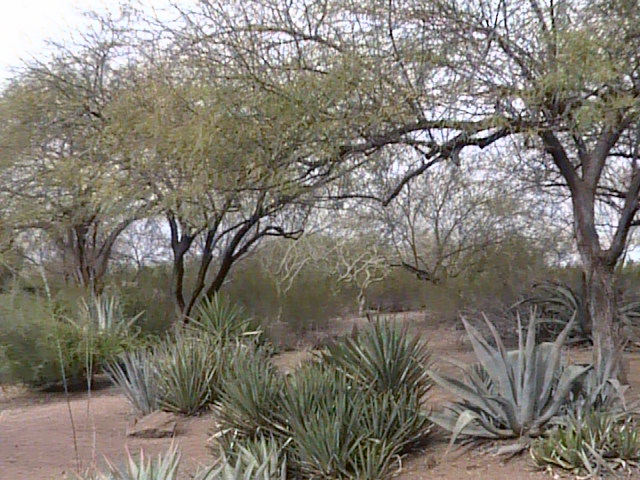
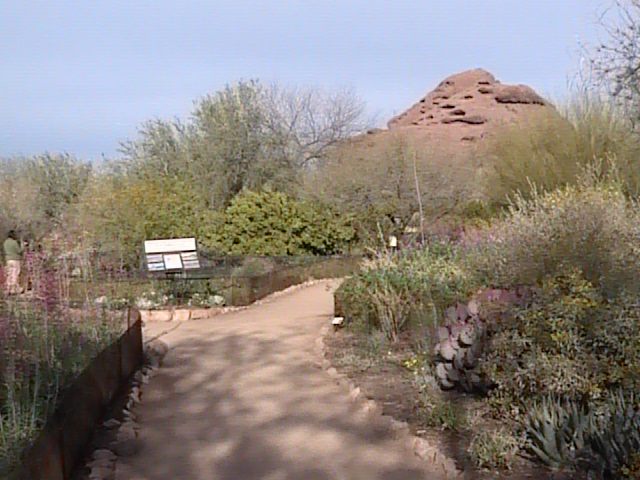
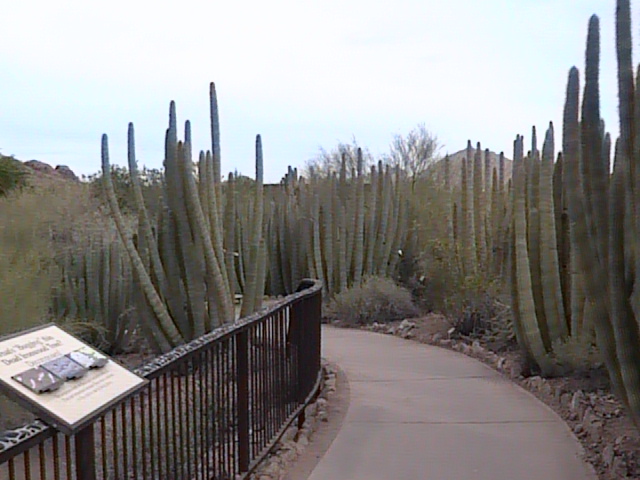
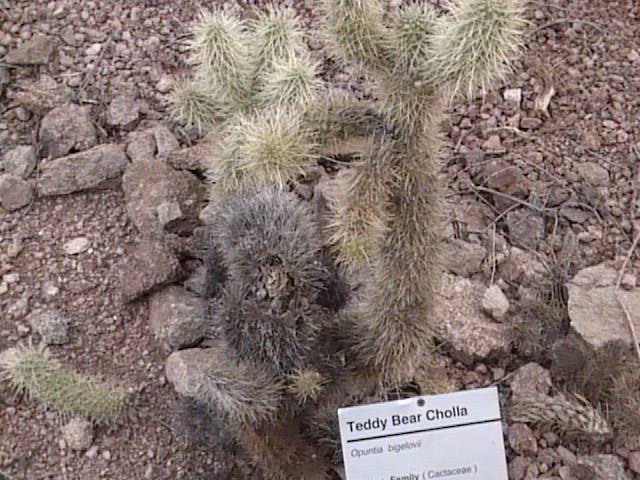
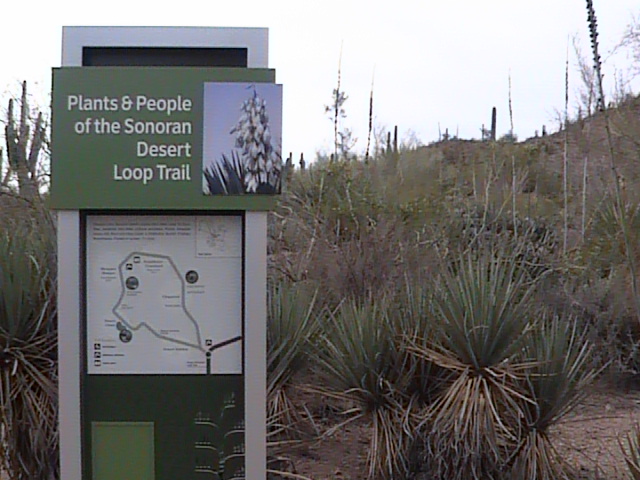
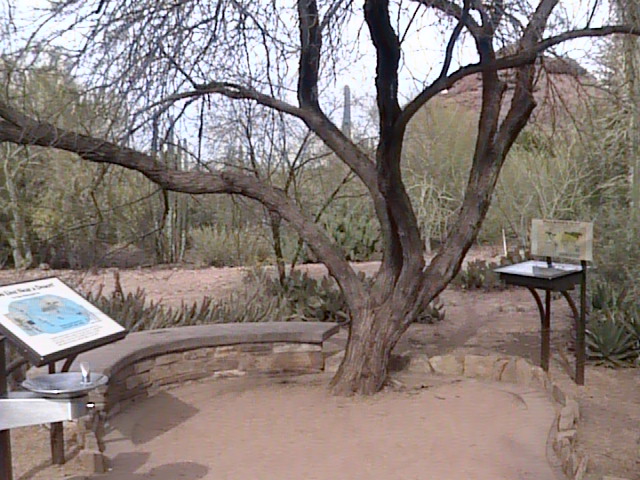
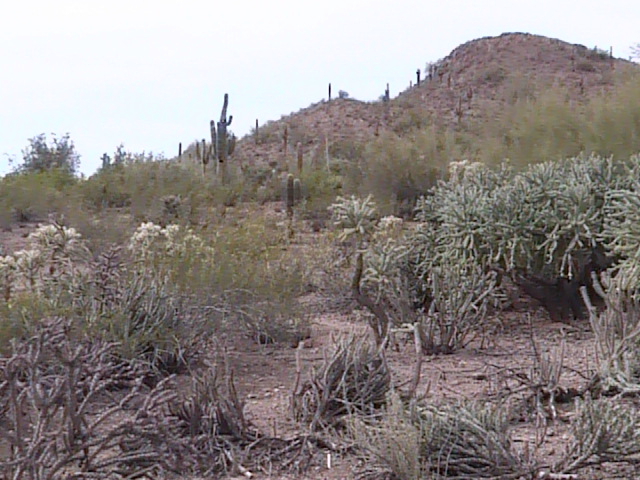
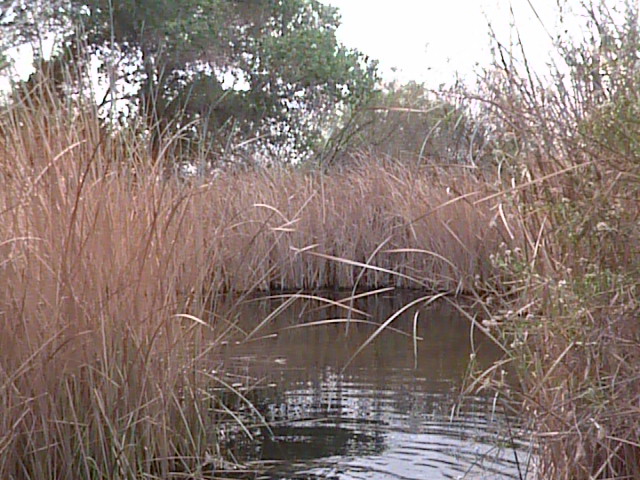
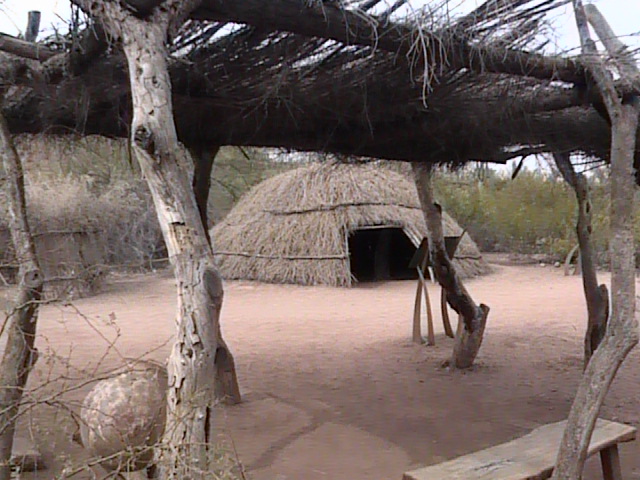
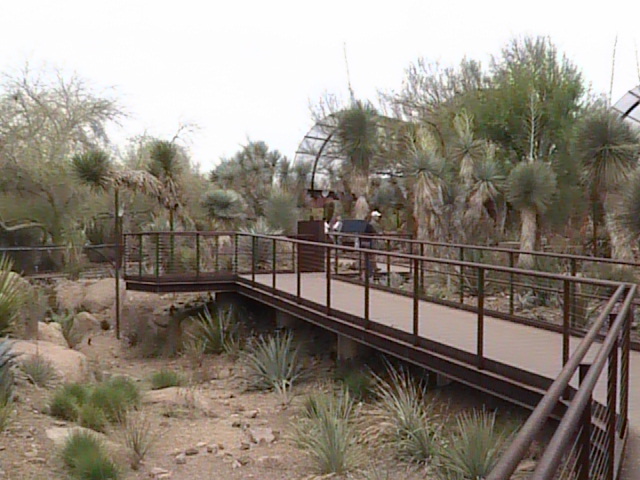
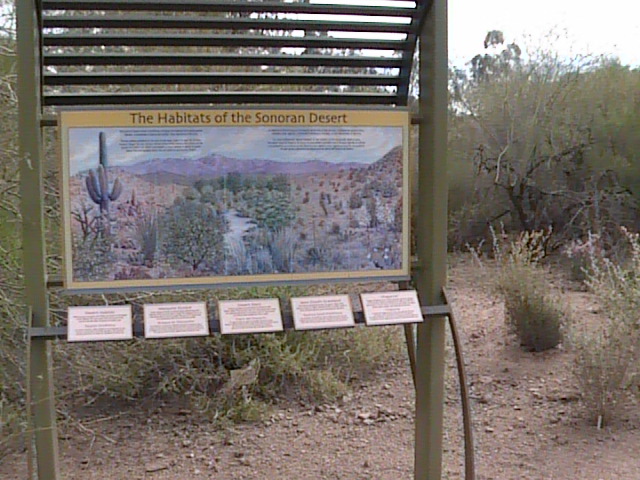
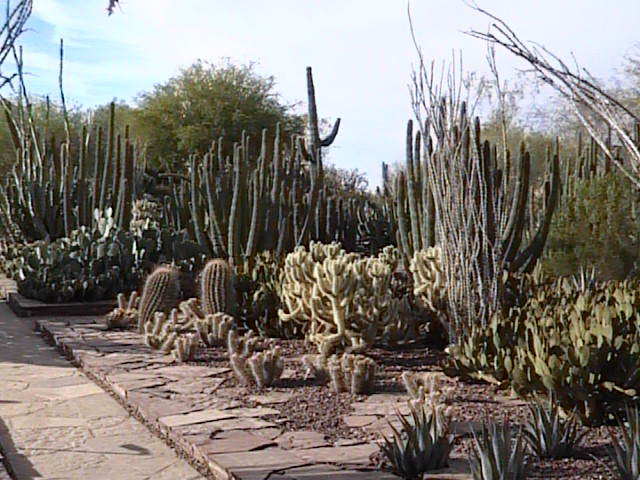
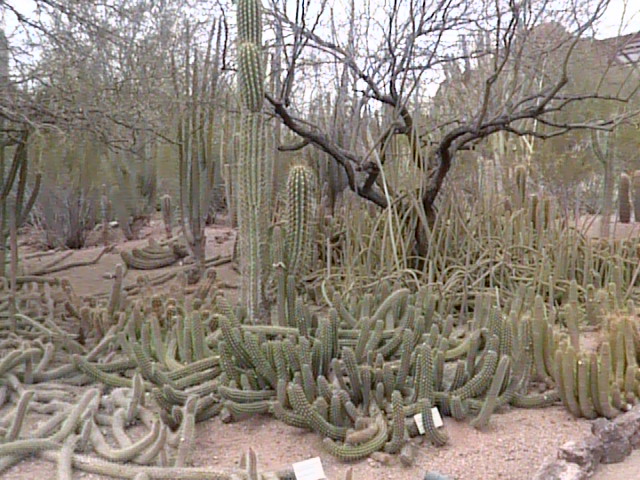
Birdlife of Desert Botanical Gardens:
Northern Cardinal
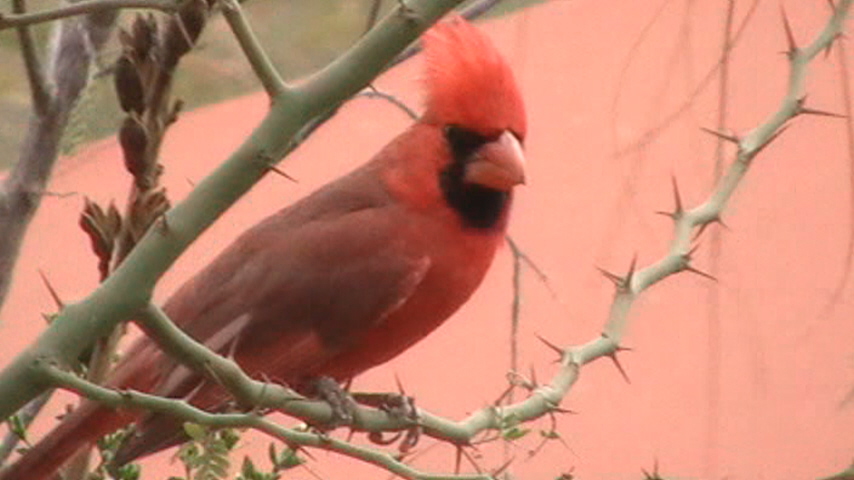
Brown Thrasher (rare in Arizona)
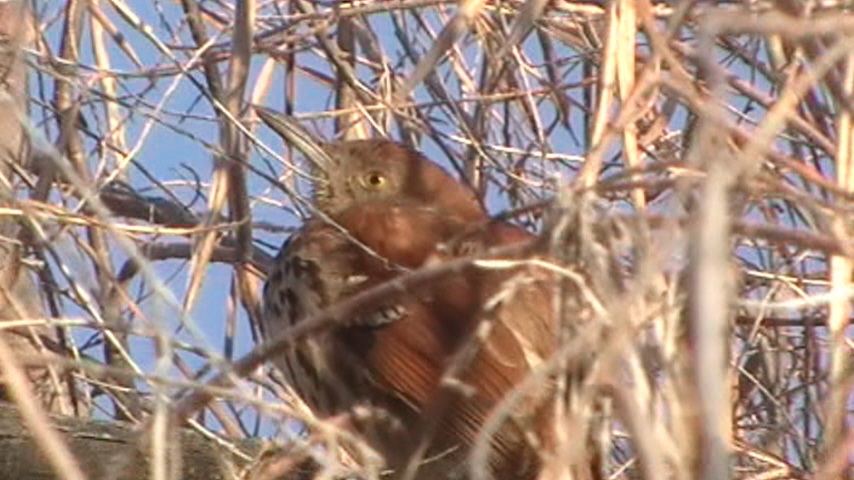
Back to Area 5-South Phoenix, Scottsdale, and Tempe |
